Awttack :3
.
.
Origins
Following the good performance of the propeller-driven Skyraider in the Korean War, the United States Navy issued preliminary requirements in 1955 for an all-weather carrier-based attack aircraft. The U.S. Navy published an operational requirement document for it in October 1956. It released a request for proposals (RFP) in February 1957.[2] This request called for a 'close air support attack bomber capable of hitting the enemy at any time'. Aviation authors Bill Gunston and Peter Gilchrist observe that this specification was shaped by the service's Korean War experiences, during which air support had been frequently unavailable unless fair weather conditions were present.[3]
In response to the RFP, a total of eleven design proposals were submitted by eight different companies, including Bell, Boeing, Douglas, Grumman, Lockheed, Martin, North American, and Vought.[4] Grumman's submission was internally designated as the Type G-128.[3] Following evaluation of the bids, the U.S. Navy announced the selection of Grumman on 2 January 1958. The company was awarded a contract for the development of their submission, which had been re-designated A2F-1, in February 1958.[5]
YA2F-1 showing the original tilting tailpipes
Grumman's design team was led by Robert Nafis and Lawrence Mead, Jr.[3] Mead later played a lead role in the design of the Lunar Excursion Module and the Grumman F-14 Tomcat.[6] The team was spread between two sites, the company's manufacturing plant as Bethpage and the testing facilities at Naval Weapons Industrial Reserve Plant, Calverton. During September 1959, the design was approved by the Mock-Up Review Board.[3]
The A2F-1 design incorporated several cutting-edge features for the era. In the early 1960s, it was novel for a fighter-sized aircraft to have sophisticated avionics that used multiple computers. This design experience was taken into consideration by NASA in their November 1962 decision to choose Grumman over other companies like General Dynamics-Convair (the F-111 had computerized avionics capabilities comparable to the A-6, but did not fly until 1964) to build the Lunar Excursion Module, which was a small-sized spacecraft with two onboard computers.
Source Wikipedia
.
.
CONTROLS :
-AG1 + VTOL Up : Retract Landing Gear
-AG2 : Extend Arresting Hook
-AG2 + VTOL Up : Fold Wings
-AG3 : Drop Bombs
-AG4 : Fire Missiles (Both)
.
.
.
.
If you like My Creation pls Consider upvoting, Hehe... 😸😸
.
THX!!!....
Specifications
General Characteristics
- Created On iOS
- Wingspan 40.7ft (12.4m)
- Length 44.2ft (13.5m)
- Height 14.4ft (4.4m)
- Empty Weight 7,324lbs (3,322kg)
- Loaded Weight 8,383lbs (3,802kg)
Performance
- Power/Weight Ratio 1.206
- Wing Loading 92.3lbs/ft2 (450.7kg/m2)
- Wing Area 90.8ft2 (8.4m2)
- Drag Points 5982
Parts
- Number of Parts 159
- Control Surfaces 5
- Performance Cost 697

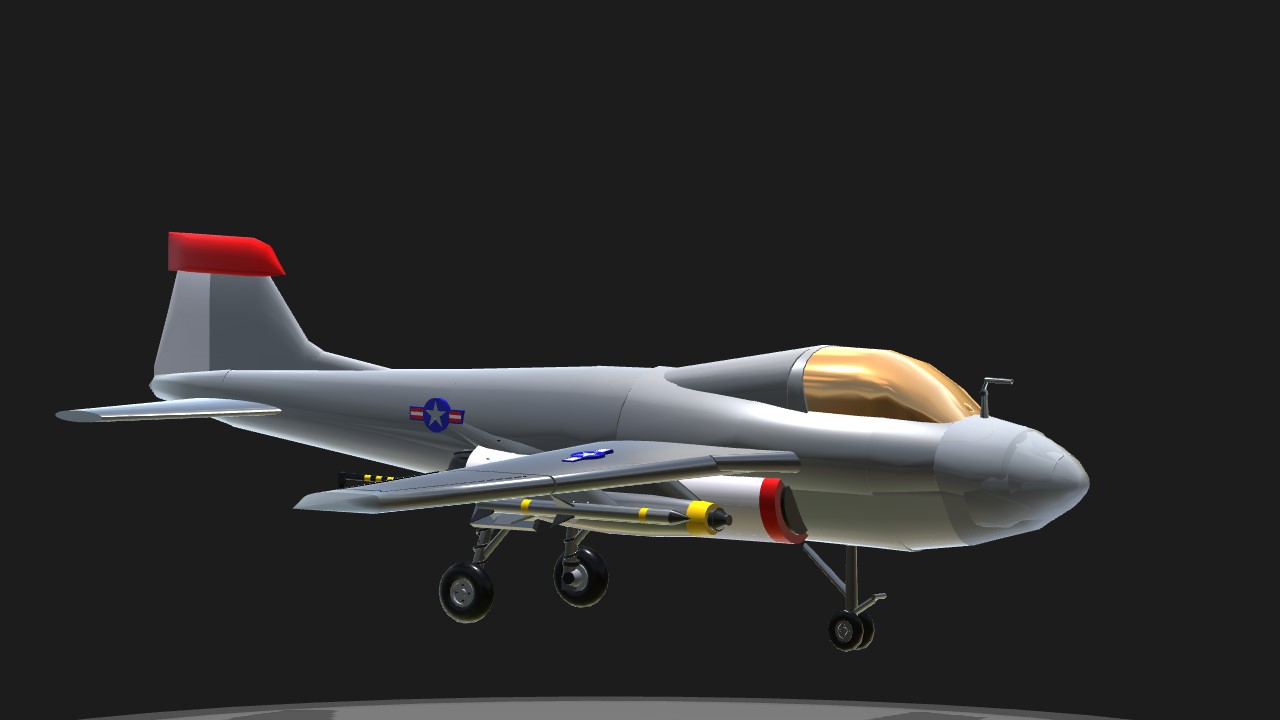
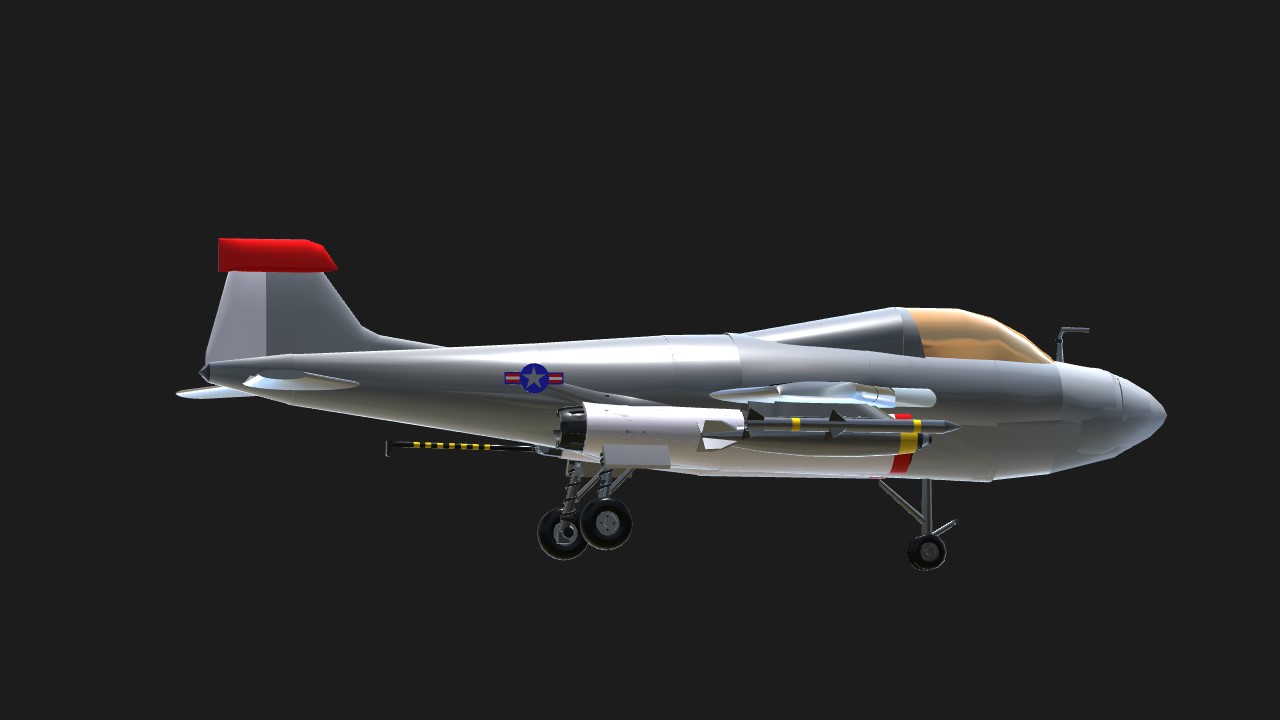
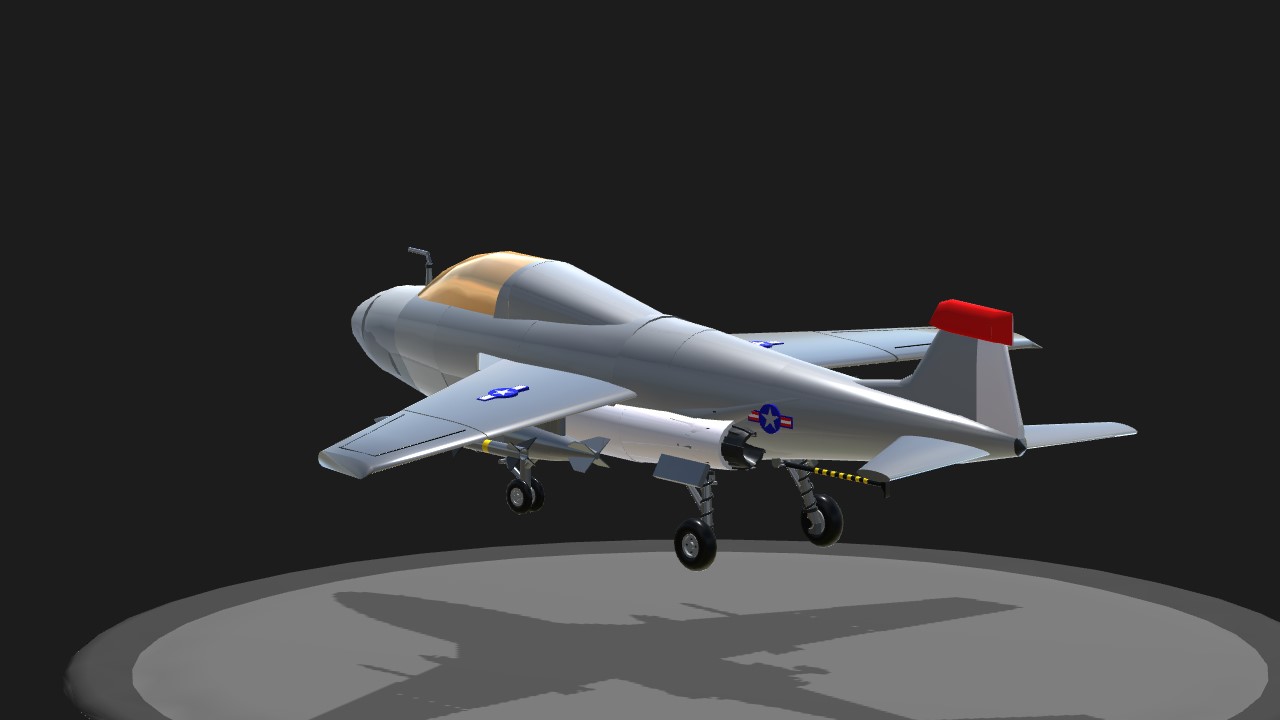
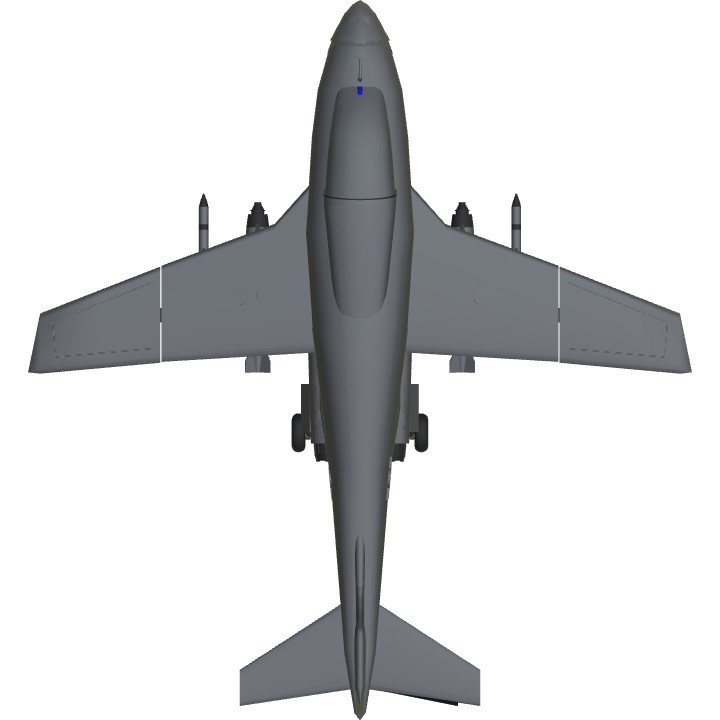
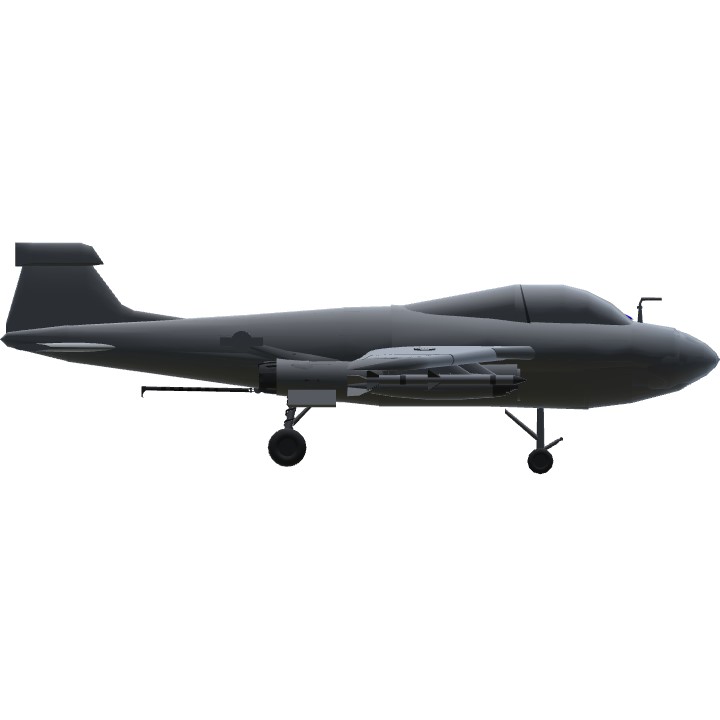
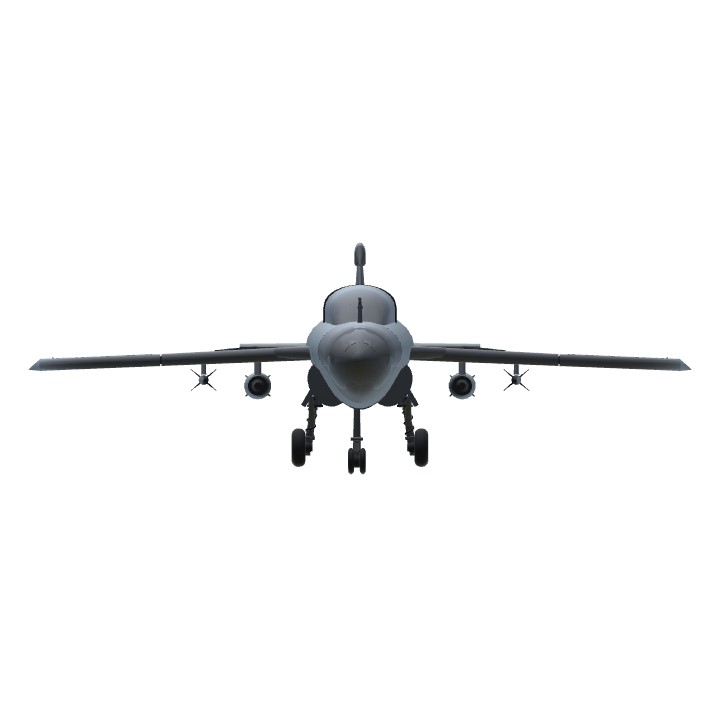
@ACEPILOT109 @BlackThuNDR @DameTheNewbie Awww....TACK!!!!....
kan beda @IdnManufacturer
@MIAW26PERSIAN lain kali uploaddi unlisted
ya.... wkwkkw @DameTheNewbie
Ngk jauh beda sih, walaupun namanya lain
Kok di post lagi?